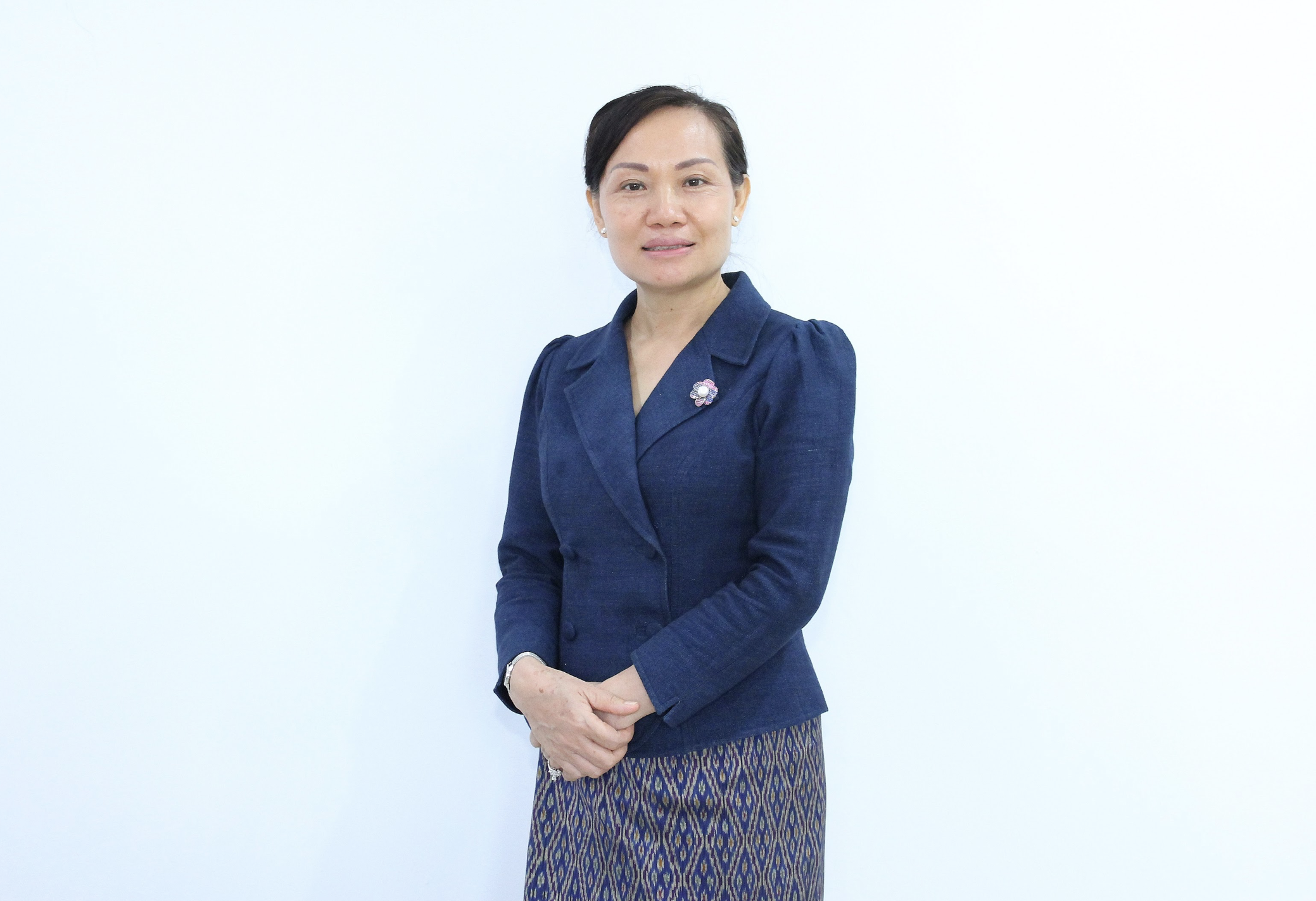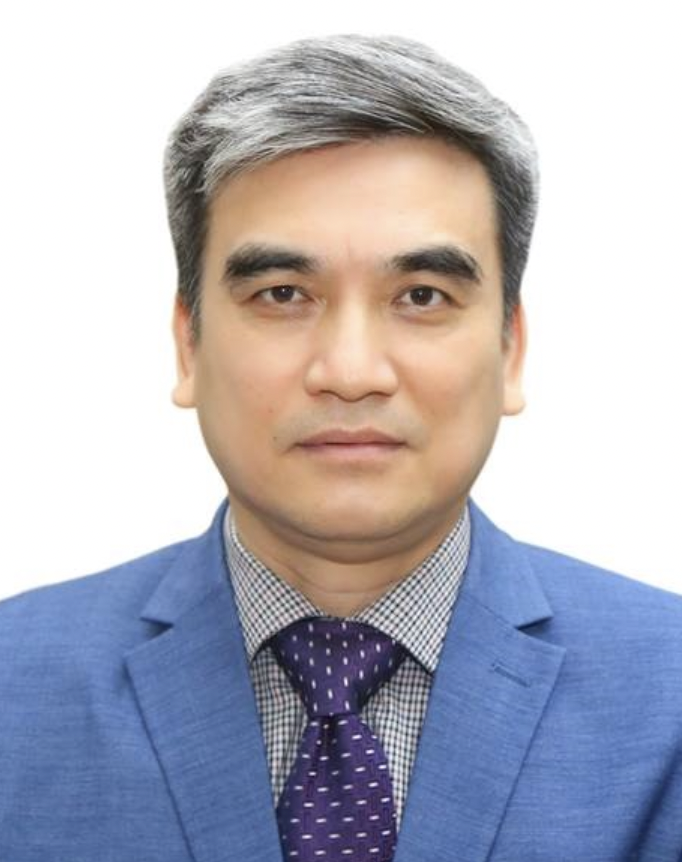


Minister Khattiya provides an overview of ASEAN’s goals and strategies for upholding the rights and advancing the well-being of children in the region. She talks about the progress made in terms of protecting children from violence and increasing access to education. She also cites ongoing challenges, such as poverty and inequality, that affect children’s welfare.
Can you describe ASEAN’s vision and goals for children in the ASEAN region?
ASEAN aims to build a community that accelerates economic growth, social progress, and cultural development, and promotes active collaboration among different stakeholders, both at national and regional levels.The ASEAN Community Vision 2025 forged commitments towards a people-oriented, people-centred community where the ASEAN people enjoy human rights, fundamental freedoms, the benefits of community building, and leaving no one behind.
ASEAN recognises that children have a fundamental right to be protected against violence, abuse, and exploitation, and that children’s rights to survival, development, health and education must be prioritised when allocating resources. ASEAN also believes that every child in the region has an equal opportunity to participate, express their opinions, and organise themselves to promote their interest and define their needs. At the core, ASEAN aspires to ensure the realisation of children’s rights, as demonstrated by the ratification of the UN Convention on the Rights of the Child (CRC) by all 10 ASEAN Member States.
ASEAN’s efforts to intensify interventions that amplify children’s voices and invest in children have been enforced through the ASEAN Ministerial Meetings on Social Welfare and Development (AMMSWD) and the Senior Officials Meeting on Social Welfare and Development (SOMSWD) and later, the ASEAN Commission on the Promotion and Protection of the Rights of Women and Children (ACWC). These ASEAN Sectoral Bodies have been at the forefront of fostering regional cooperation and commitment, and ensuring the attainment of
the children’s rights to survival, development, participation and protection against all forms of abuse and discrimination.
What progress has been made by ASEAN to achieve these goals?
ASEAN has pioneered collectively the development and implementation of the ASEAN Declaration on the Elimination of Violence Against Women and Violence Against Children, adopted in 2013. This was followed by the adoption of the ASEAN Regional Plan of Action on the Elimination of Violence Against Children, two years later.
ASEAN also highlights the need to address emerging concerns, in particular online child protection, to prevent the institutionalisation of children without parental care, and to adopt strategies to inform and empower children, including how to combat bullying and cyber bullying.
In partnership with ACWC, SOMSWD has developed and endorsed the Declaration on the Protection of Children from all Forms of Online Exploitation and Abuse in ASEAN, ASEAN Declaration on the Rights of Children in the Context of Migration, and the Joint Statement on Reaffirmation of Commitment to Advancing the Rights of the Child in ASEAN. The ASEAN Leaders adopted these three documents at the 35th ASEAN Summit in 2019. The regional action plans to implement both declarations have also been submitted to the ASEAN Leaders for notation at the 38th and 39th ASEAN Summits in 2021.
These key regional instruments will accelerate ASEAN’s comprehensive actions to end all forms of violence against children in accordance with the UN CRC. In advancing ASEAN efforts to promote the culture of prevention to uphold the rights of children, SOMSWD has forged its commitment to build an inclusive, cohesive, and responsive ASEAN Community through the adoption of the Bandar Seri Begawan Declaration on the Importance of the Family for Community Development and Nation-Building in 2021.
To fulfil ASEAN’s commitments to the promotion and protection of the rights of children, the implementation of the Ha Noi Declaration on Strengthening Social Work Towards a Cohesive and Responsive ASEAN Community and its Road Map are an urgent priority of the region. Furthermore, the impact of quality service provision delivered by a stronger social service workforce in the region would benefit the people most in ASEAN, especially children at higher risk to vulnerabilities.
Can you cite specific examples of how this progress has made an impact on ASEAN Member States?
In 2019, the Mid-term Review of the ASEAN Regional Plan of Action on the Elimination of Violence Against Children (2016-2025) highlighted the significant efforts by all the ASEAN Member States to introduce legal reforms that improve the protective environment for children. These included amendments to existing laws to clarify definitions and remove ambiguities to the enactment of new regulations that better protect children from various forms of violence. In addition, seven Member States have introduced or strengthened coordination mechanisms to respond to violence against children in emergency situations. All Member States have implemented programmes to raise awareness about violence against children and lay the groundwork for changing harmful behaviours.
Promising developments in new areas, such as the protection of children from violence online, were also identified. Four Member States, for instance, have dedicated national strategies or programmes to address violence against children online, while some Member States are developing national road maps on online child protection. Education programmes on online safety are also being implemented in eight Member States and six Member States have scaled up industry engagement to prevent violence against children online.
In terms of access to education, the 2019 report, Children in ASEAN: 30 Years of the Convention on the Rights of the Child by ASEAN/UNICEF, states that nearly all ASEAN Member States increased adjusted net enrolment of children in pre-primary and primary education and reduced the out-of-school children rate at the primary level, between the year of 2000 and 2017. Access and participation rates have also improved across ASEAN at the lower and upper secondary levels. It was observed that several Member States have made efforts to ensure that girls and boys do not drop out of education by establishing various national programmes to promote the participation of children in education.
What are the critical roles of ASEAN to ensure better outcomes for the well-being of children in view of their rights to survival, development, protection, and participation?
The critical roles of ASEAN in promoting and protecting the rights and well-being of children to build a safe, friendly and inclusive community, include, among others:
- Promoting the implementation of evidence-based child-related policies in ASEAN and its Member States;
- Harmonising national policies on child- friendly child-friendly and inclusive environment, and heightening the commitment to creating a regionally consistent and strengthening coherent policy frameworks for certain practices related to children;
- Aligning institutional mechanisms to demonstrate a collective will and implement consistent regional management practices. ASEAN also supports the roll-out of regional initiatives that promote a holistic response to the multi-disciplinary needs of children and improve access to education, health and protection systems; and
- Supporting the implementation of capacity-building initiatives for the Member States and different stakeholders to formulate, implement, monitor and review policies on children at regional, national and local levels, using various methodologies that engage children’s participation.
How far has ASEAN attained child-related SDG targets? ASEAN and its Member States need to address what barriers or gaps to achieve these targets? What urgent actions need to be taken by ASEAN to address these gaps and challenges?
While progress in eliminating violence against children has been observed, much more work needs to be done due to the compounding impact of extreme poverty and other global challenges. Some challenges include combating discrimination and inequality among children, particularly those in vulnerable situations, such as children with disabilities, children in the context of migration, children in conflict with laws, children in the worst form of child labour, and trafficking in children, among others.
Member States have taken strides toward eliminating gender-based violence.
Nonetheless, gender inequalities remain a challenge in the region. This can be seen, for instance, from the level of attendance and completion of education that is still dominated by boys. Access to education will heighten the opportunity for children to ingress 21st-century skills, which is important to ensure the robust intersections between education and labour market demands.
In the ASEAN Gender Outlook: Sustainable Development for All, Leaving No Woman and Girl Behind, it is revealed that in the ASEAN region, child marriage rates are among the lowest in the world, but efforts are needed to eliminate violence and harmful practices fully, as 16 per cent of girls still marry before turning 18.
ASEAN needs to continue its efforts in sustaining the current levels of progress. There are indeed some key areas to be strengthened by the Member States to accelerate the fulfilment of children’s rights, such as i) promoting the regional and national implementation strategies to strengthen national policies and laws on children; ii) enhancing budgetary allocation and sustaining public financing, and promoting resource mobilisation to ensure the effective implementation of national policies at all levels; iii) strengthening data collection and research initiatives on violence against children and examining the social norms that can shed light on issues that still remain largely undocumented, and looking at its interlinkages with violence against women; and iv) optimising the benefits from the use of digital technology to develop children’s potentials, enhance their sense of self-worth, and protect them from violence.
This collective goal of promoting a child- friendly and inclusive environment can be achieved through strong partnerships with different stakeholders and with the meaningful and effective participation of children.








